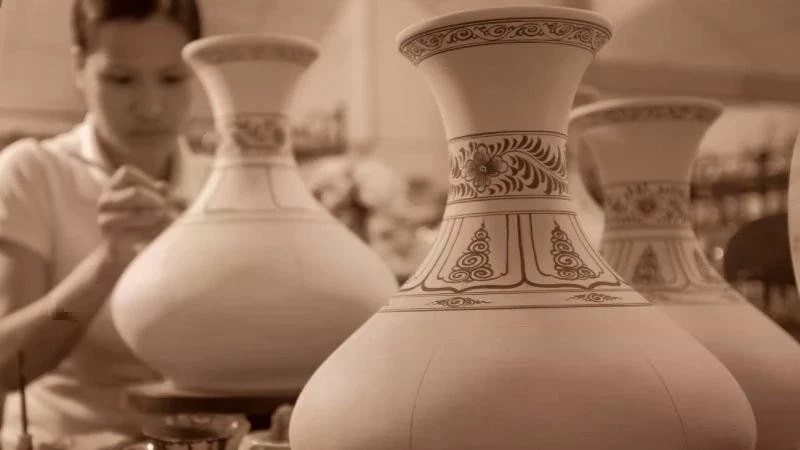Artistic adventure in Hanoi
Hanoi’s mosaic mural presents a 4-km-long portrayal of Vietnam’s history and culture.
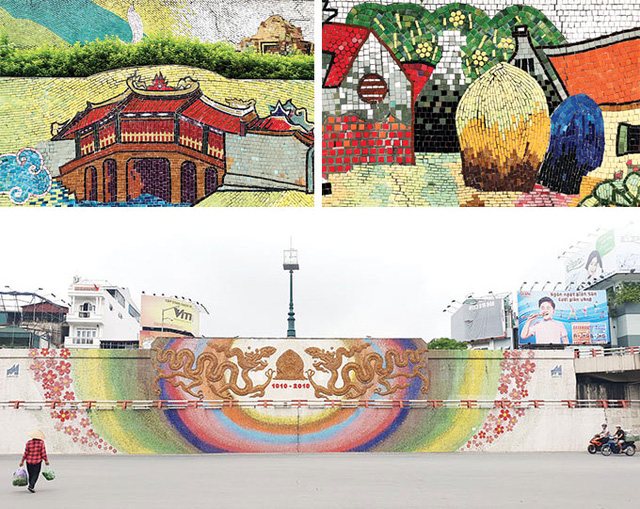 |
Photos: Binh Minh
The mural is built on a wall running along what many expats call the “Dyke Road”, which acts as a flood barrier when the Red River breaks its banks after torrential downpours.
Everyone looks for the best things to do when they first arrive in a new country. Some go to great lengths to find the most historic site, while others seek out the most beautiful temple or most authentic art. There are entire bookstores, a guided tour industry, and even prestigious museums all dedicated to ensuring your search is met with success. When you arrive in Hanoi, however, you can fill your cup with history and add plenty of sites to your list while taking in miles of some of the country’s most authentic art, by walking along Hanoi’s ceramic mosaic mural.
The mural is built on a wall running along what many expats call the “Dyke Road”, which acts as a flood barrier when the Red River breaks its banks after torrential downpours. The road stretches from the north to the south of the city so its name changes, but its function remains the same - protector of the city - and since 2010 (Hanoi’s 1,000th anniversary) has been the location of the longest tile art in the world.
The mural’s southern end starts on Nguyen Khoai, at the end of Tran Hung Dao Street, and travels north to where Yen Phu meets Thanh Nien Street. The mural used to extend beyond this point, but at the time of writing is either obscured by construction or been removed until construction finishes. It stretches around 4 km in length, and even if you are not sufficiently keen to visit its entirety you can stand and admire it at any point along its journey. A walk or drive is good, though I recommend a walk since driving from north to south sets you away from the mural and doesn’t allow the views that a south to north drive offers.
What does the mural have to offer? An artistic and historical adventure through the past and into modern life. You’ll see famous Hanoi locations like the Temple of Literature, where scholars used to study Confucian texts during Vietnam’s dynastic era and where modern university students still go for good luck before their exams.
Another landmark in Hanoi represented multiple times in the mural is One Pillar Pagoda, which was originally built by an emperor from the Ly Dynasty; the dynasty that made Hanoi the capital in the year 1010. One Pillar Pagoda is in a complex commemorating national hero Ho Chi Minh and where you can still view his preserved body at the Ho Chi Minh Mausoleum, which is also represented in tile as a portion of the mural.
The whole country is spoken for in this art piece, as many different cities and landscapes have their own sections. Some cities have elaborate decorations or designs that symbolize their contribution to the beauty of the country and some are represented with other famous landmarks.
If you have been to Hoi An you’ll notice the Japanese Covered Bridge in tile. Other cities have an image of a more meager construction, like three entrance gates that welcome you into a village, but sculpted with all the dedication put into the original structure itself and conjuring a nostalgic feeling for a time long past. You’ll also see some of the natural wonders the country has to offer, from images of Ha Long Bay in the north all the way down to the Mekong Delta in the south.
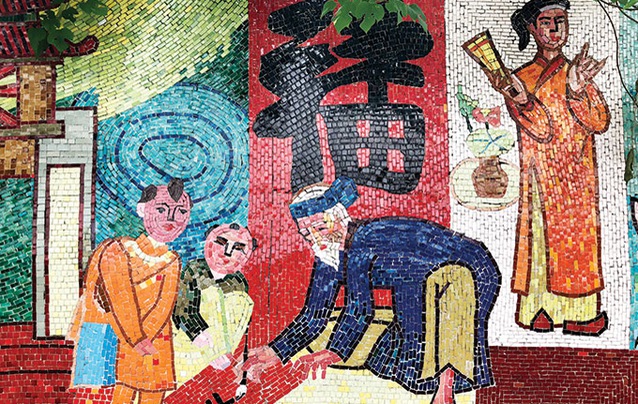 |
The mural is a masterful work of art but it also keys you in to the traditional art forms the country has to offer. Instruments of all sorts are shown and if you notice the choice of surroundings then you can get a clue as to what kind of tunes they are playing and the attitudes of those who are being played for. Traditional Dong Ho paintings, like an elaborately painted rooster or a wedding of rats, have their place on the wall, blasted on massive tile plates. And my favorite representation of traditional art is the segment dedicated to the ancient ceramic village of Bat Trang. This portion of the mural shows life-sized characters going through the entire process of creating porcelain vases and bowls. Workers at Bat Trang have been producing famous porcelain for generations but are also responsible for producing the tile used in the making of the whole mural. Their segment is reminiscent of classical Greek vases, with people portrayed in the negative and the tile around them displaying lovely patterns.
If you’re afraid four kilometers of tiles may become repetitive then you may not have considered the differing styles of art used in the construction. One portion of the wall is completely blue and white, like the Asian pottery our grandmothers loved so much, whereas an adjacent part may be lavishly colored. Some are highly professional representations of reality while there is an entire section given to children’s artwork. Stylization isn’t limited to the imagination of the day, as there are pieces of the mural that would not look out of place in a citadel.
The Cham, who had a kingdom in modern-day south-central Vietnam, have a particularly stylized section of wall, made simply from red bricks with the Hindu deities of the Cham dancing in the foreground.
There are even some of the same images shown in multiple places, but at times indistinguishable as the same story due to the wide use of stylization. A famous sea battle against the Chinese is shown in an epic campaign across the wall and just a few steps along features again, but sculpted on giant plates, then again washed in a single color with the sky and water a contrasting hue. This same technique of repeat storytelling happens again and again with an alternating cast of kings, creatures, and gods.
Time is another facet of the mural that you may notice. You can idly walk past a modern cityscape and find yourself wrapped up in a centuries-old narrative. Cargo barges with shipping containers give way to ancient junks with their dragon sails at full mast. War drums bang as heroes of old depart to battle the Mongol invaders until the crack of artillery signals a new chapter remembering the legendary victory over the French at Dien Bien Phu.
And, finally, you meet a white wall with flat golden tiles. This imagery reaches far back beyond available sources to a time when all we know is what we see through archeology. This part is a symbolic walk through the past, as all we know is basic designs with single dimensional characters, but as you continue to move forward a dash of color appears, not much and not bright, just a dash. Keep going forward in time from the depths of the past and the closer you get to the present the view becomes clearer and more colorful, and as you move into the very last pieces you will find yourself swept up in the whirlwind of vibrancy that is the bustling city we know today./.
( VNF/The Guide VN )
Most read
Recommended
 Handbook
Handbook
From Lost to Found: German Tourist Thanks Vietnamese Police for Returning His Bag
 Handbook
Handbook
Prediction and Resolution for the Disasters of Humanity
 Handbook
Handbook
16 French Films To Be Shown For Free During Tet Holiday In Vietnam
 Handbook
Handbook
Unique Cultural and Religious Activities to Welcome Year of the Snake
Popular article
 Handbook
Handbook
Reflection on Snakes
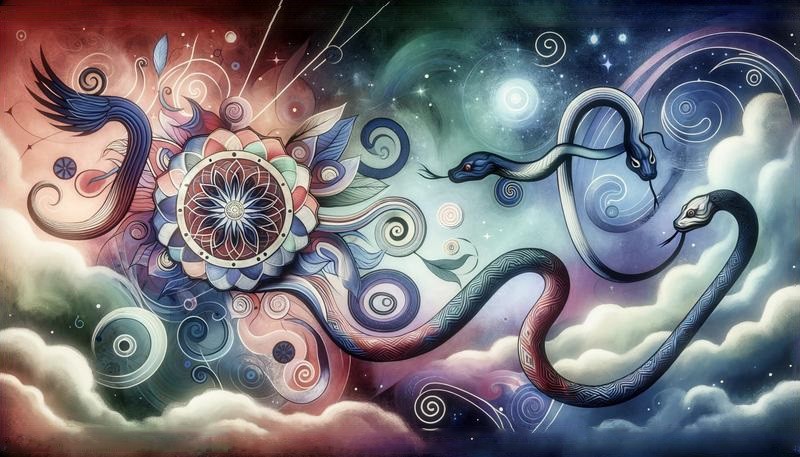 Handbook
Handbook
Dream of Snakes
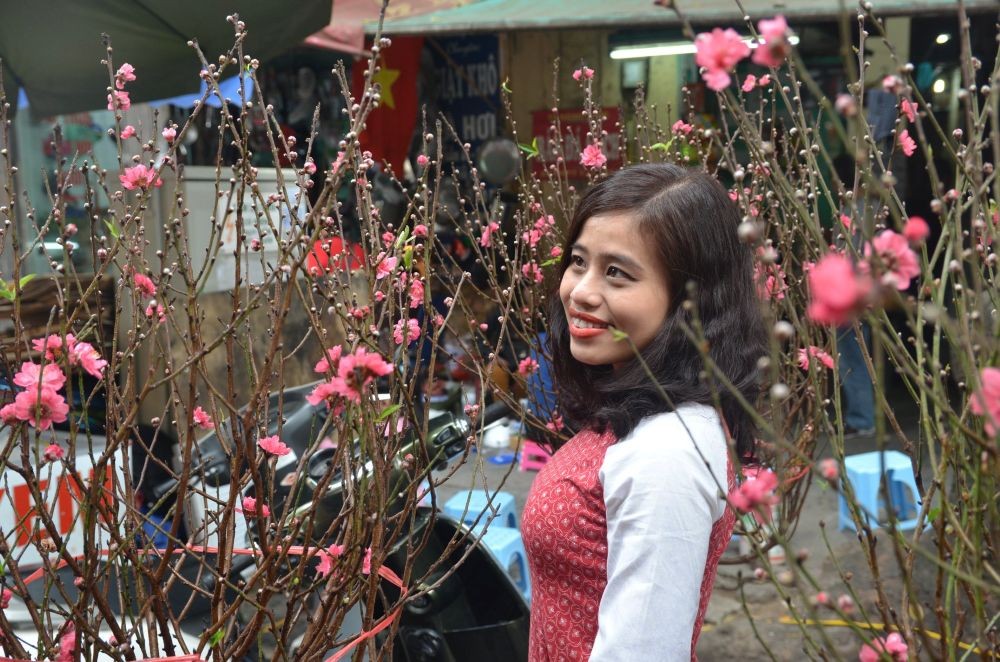 Handbook
Handbook
Hanoi To Host 70 Spring Flower Markets This Tet Holiday
 Handbook
Handbook






